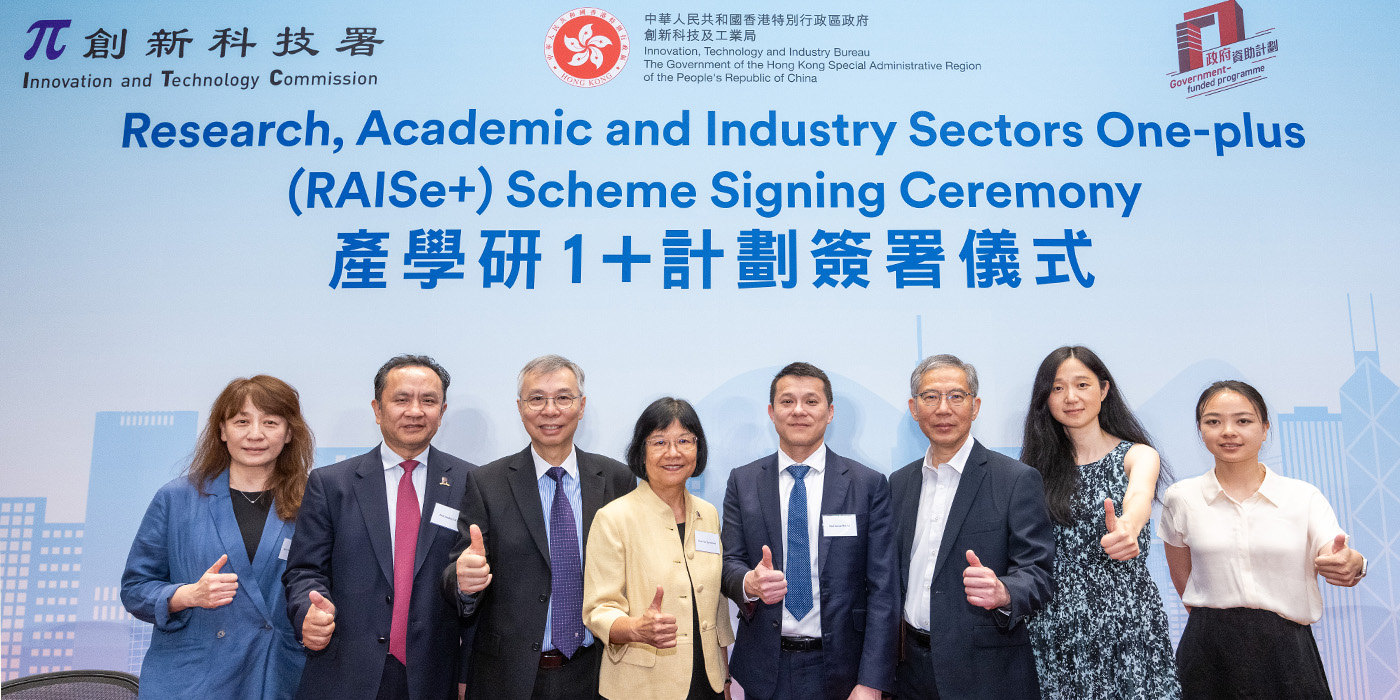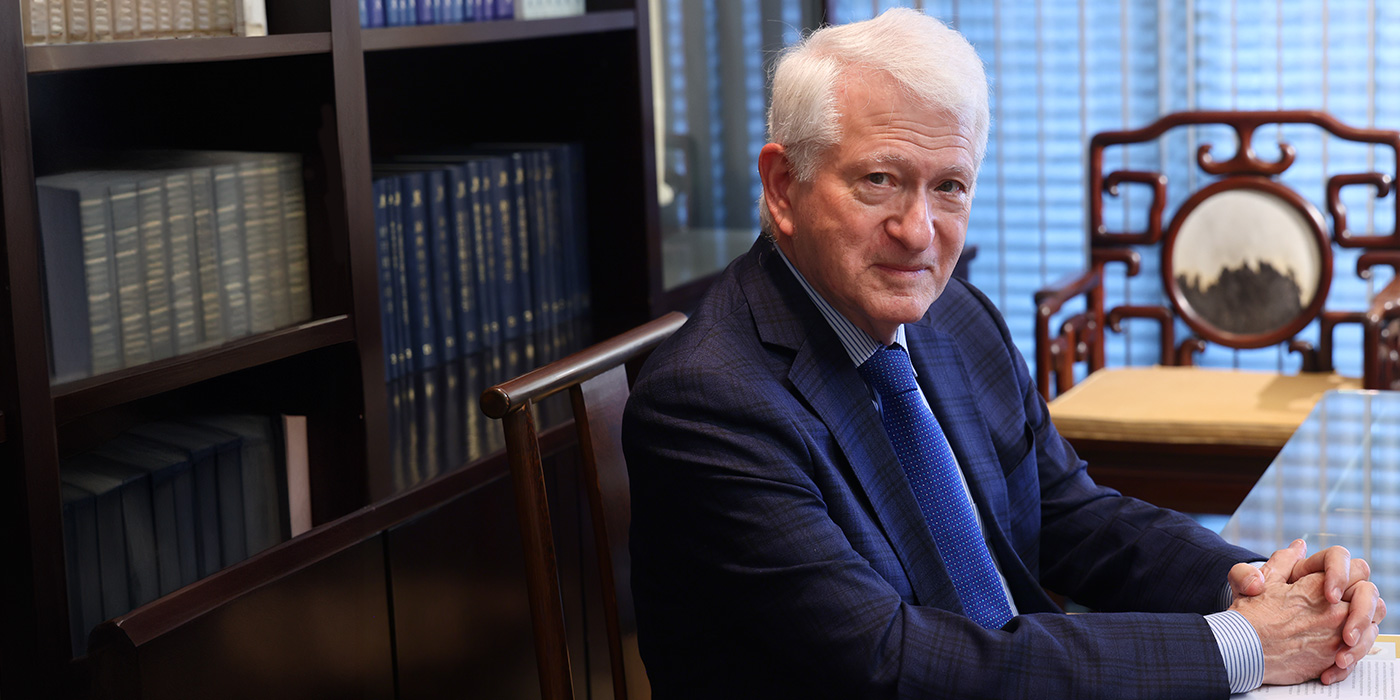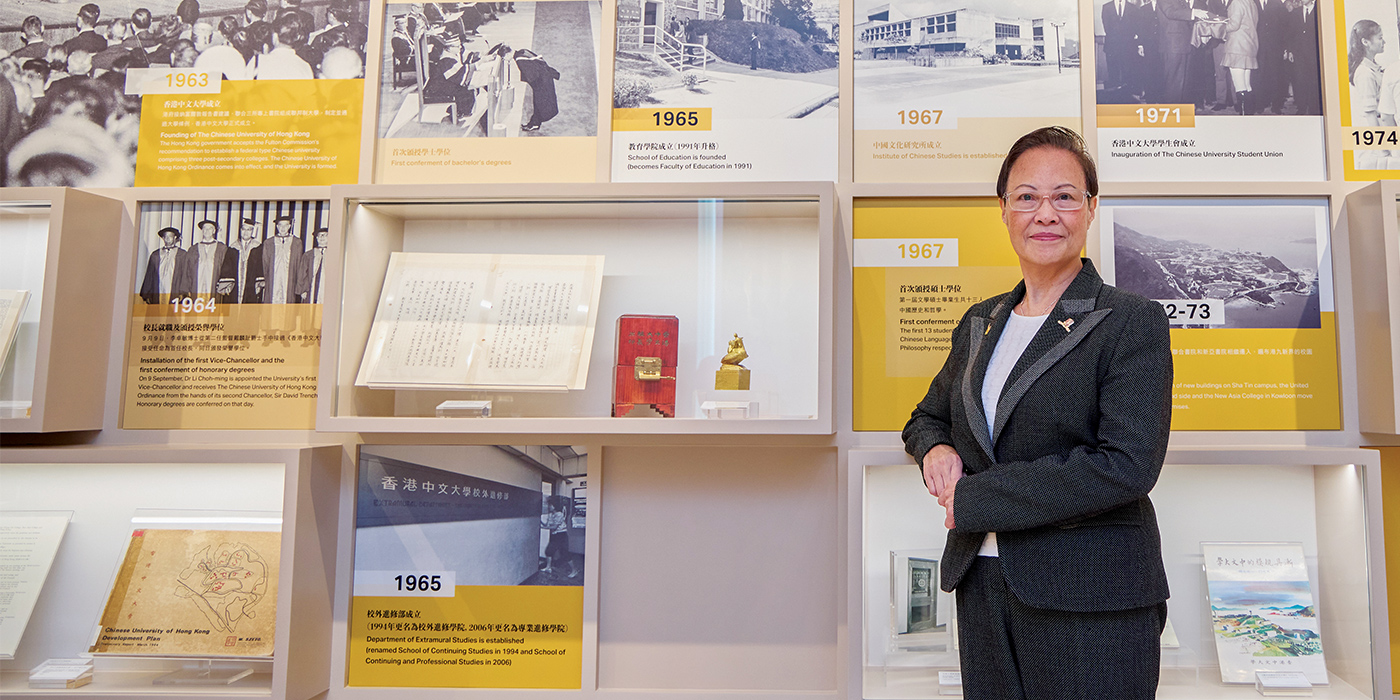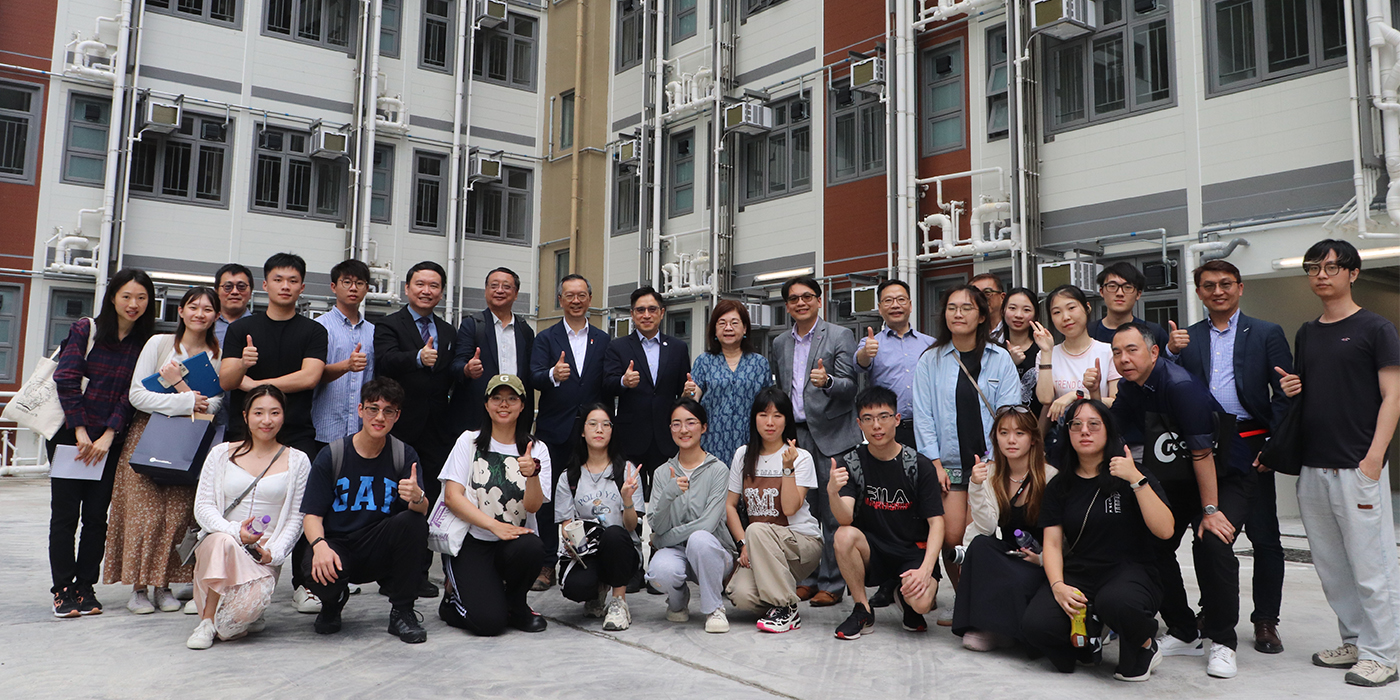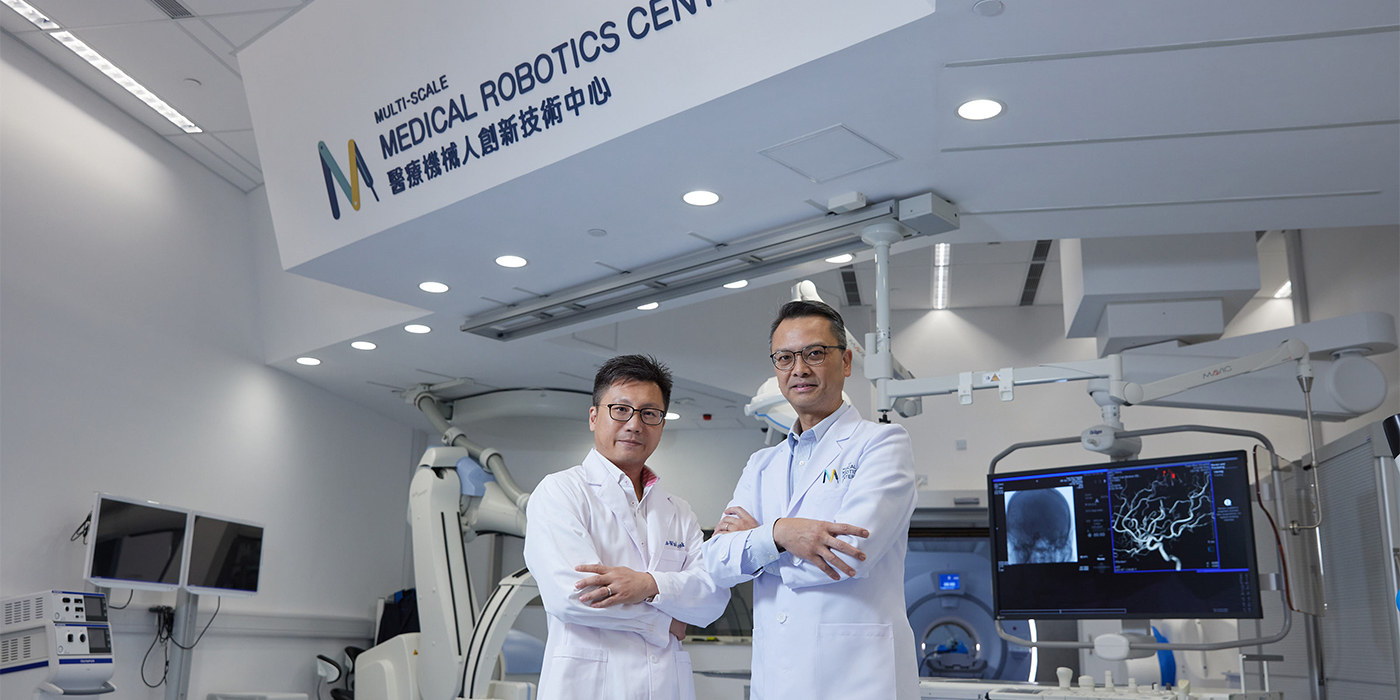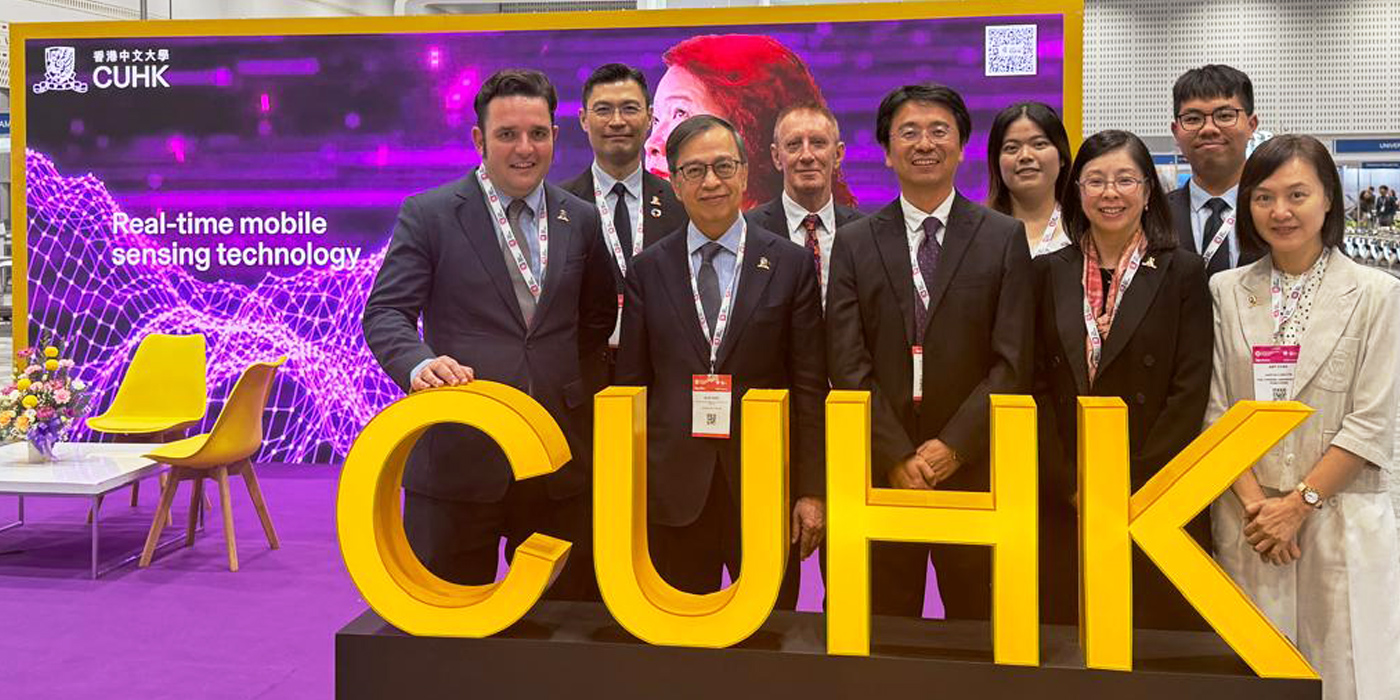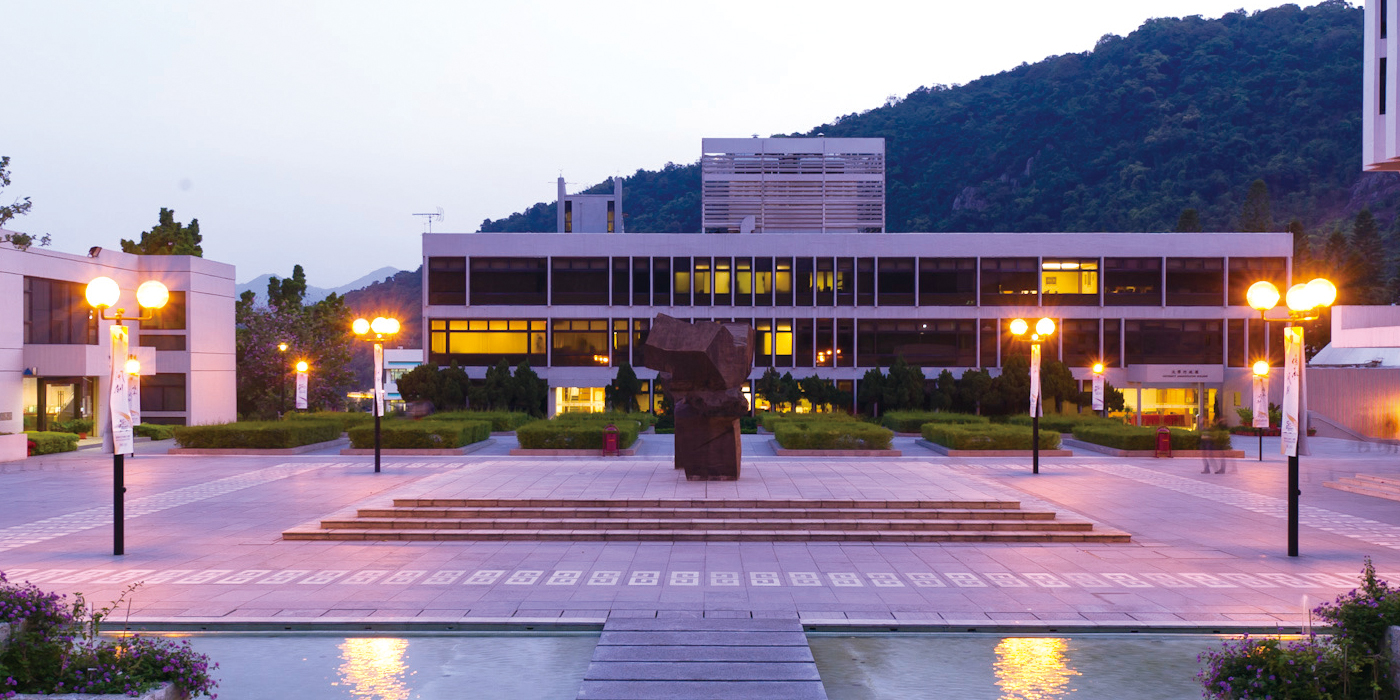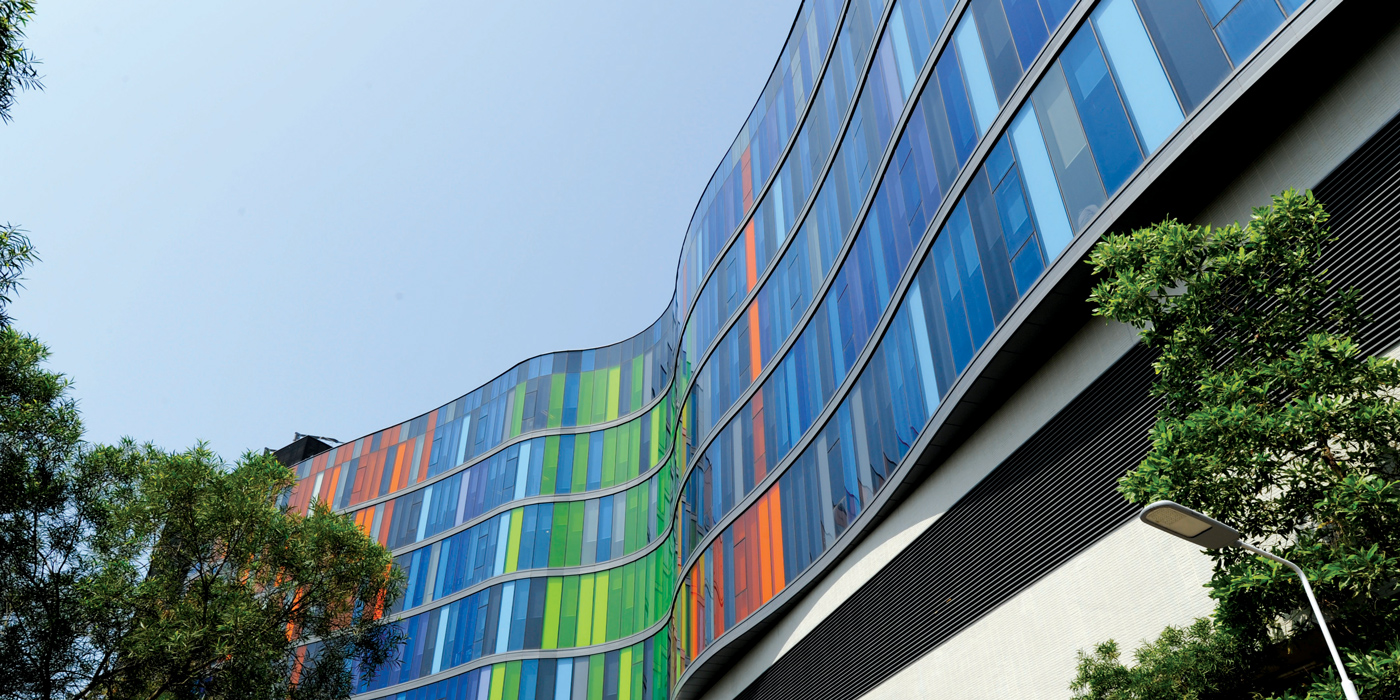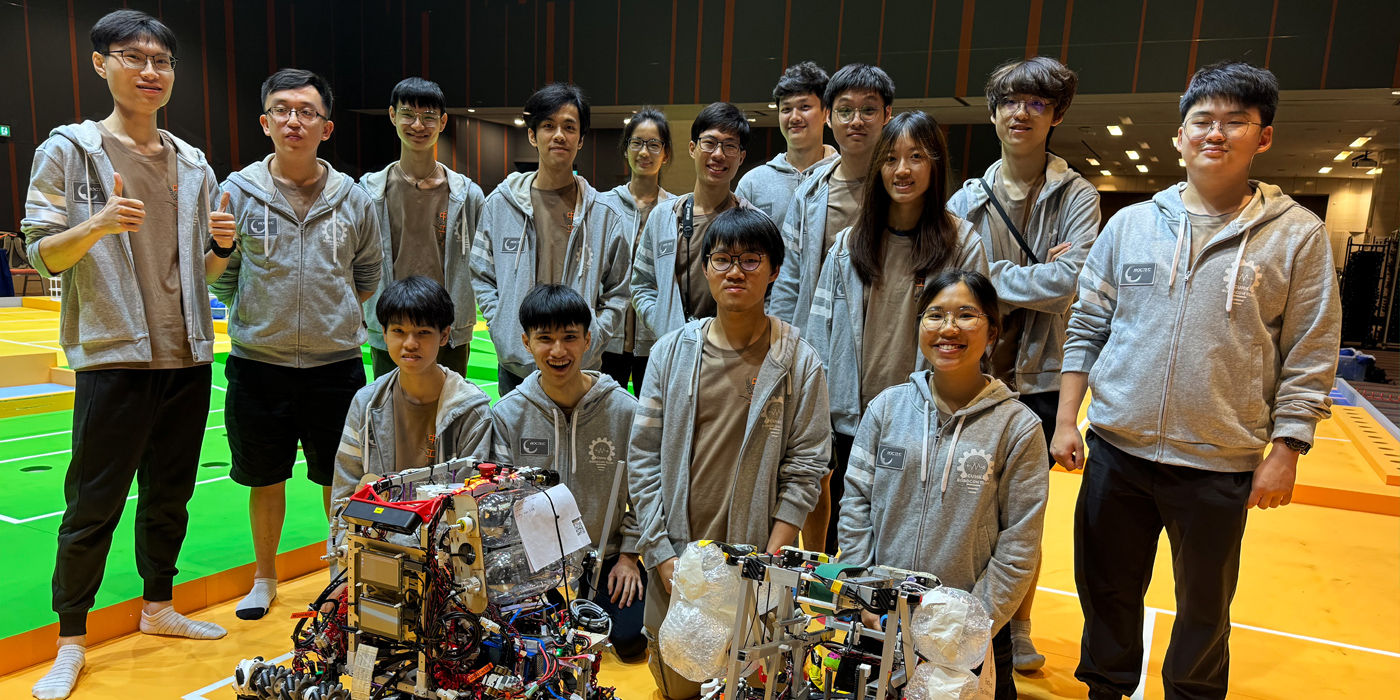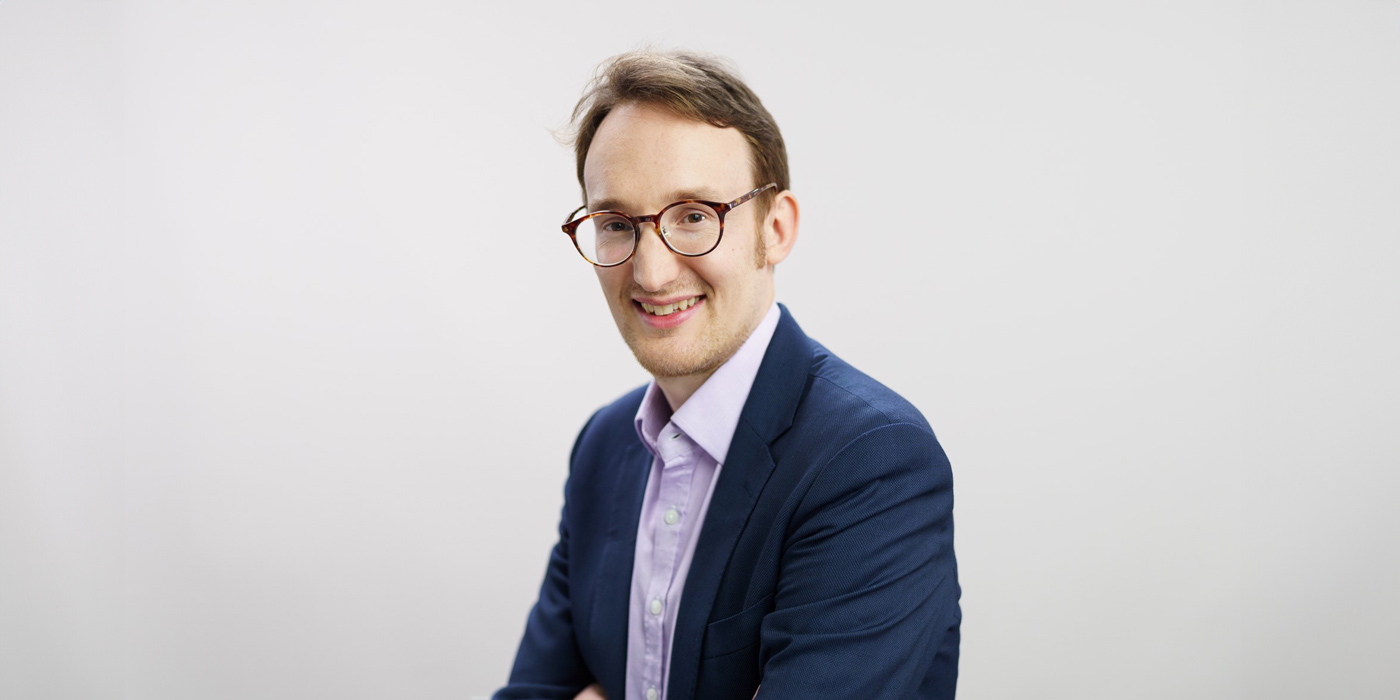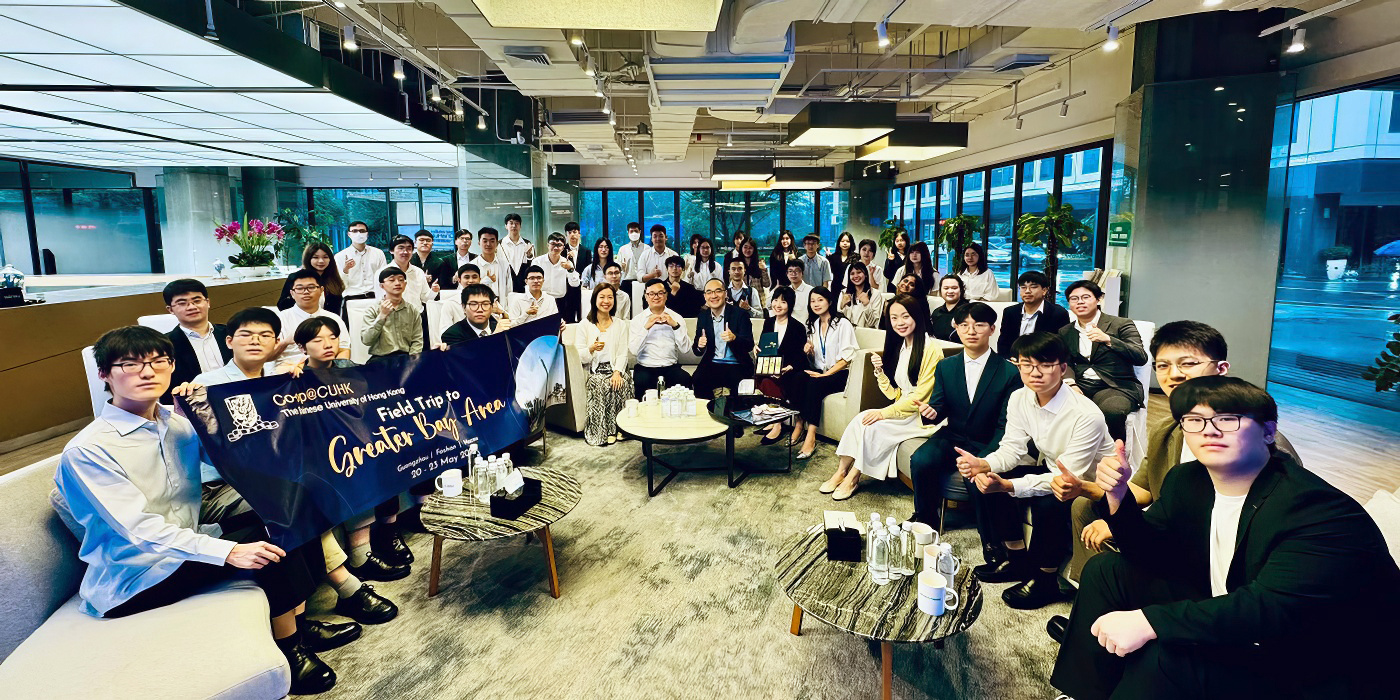RAISe the bar for research
Seven CUHK projects receive RAISe+ funding from government
Seven CUHK research teams were accepted into the inaugural Research, Academic and Industry Sectors One-plus (RAISe+) Scheme announced by the Hong Kong government late last month. The number of chosen CUHK projects was the highest among local institutions.
The RAISe+ Scheme, launched in October last year, aims to help local universities transform and commercialise their research and development (R&D) outcomes, and to facilitate collaboration between the government and sectors within academia and industries. The scheme provides funds, on a matching basis, to university research teams that have the potential to become successful start-ups, and will give a maximum of HK$100 million to each approved project.
On the afternoon of 28 May, representatives of CUHK’s seven winning teams joined the signing ceremony; Professor Sun Dong, Secretary for Innovation, Technology and Industry, was a guest of honour. During his speech, he commented that Hong Kong’s midstream R&D sectors were “comparatively weak” relative to the much more developed upstream and downstream segments. “This is how we came up with the RAISe+ Scheme: to incentivise the ‘1 to N’ transformation of outstanding R&D outcomes and the industry’s development,” he said.
He also spoke of the high quality of all the applicants: “The ideas presented in these applications are incredibly inspiring, and hold great potential.” The flash of camera bulbs illuminated the hall as the professors from each team signed their funding documents, signifying a new chapter in their research.
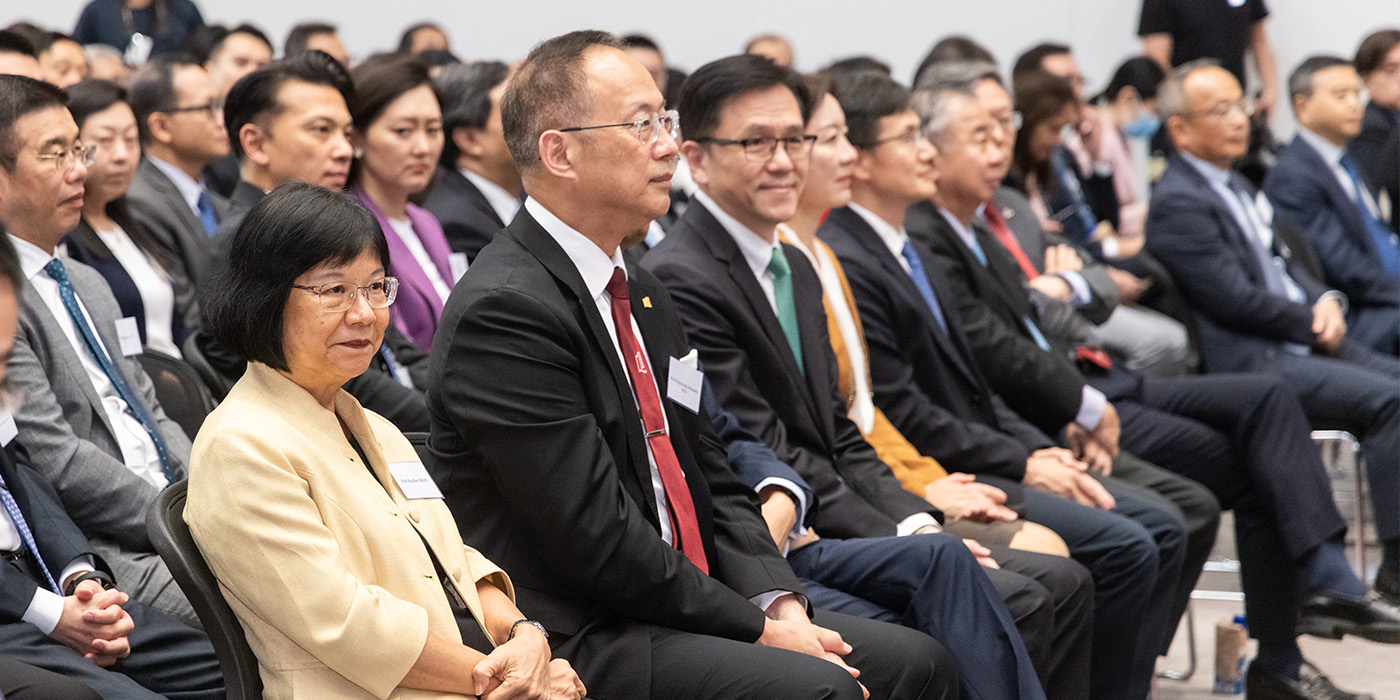
CUHK’s Pro-Vice-Chancellor (Research) Professor Sham Mai-har, who was also present, said: “The funded projects are a testament to CUHK’s global leadership in medicine, computer science and engineering. With many industry-supported innovations, our CUHK researchers are ready to participate in the next round of the RAISe+ Scheme. We will continue to strive for excellence in scientific research and strengthen cooperation with the industry to turn research discoveries into benefits for the community.”
Below are brief introductions to the seven projects, as described by the lead academics:
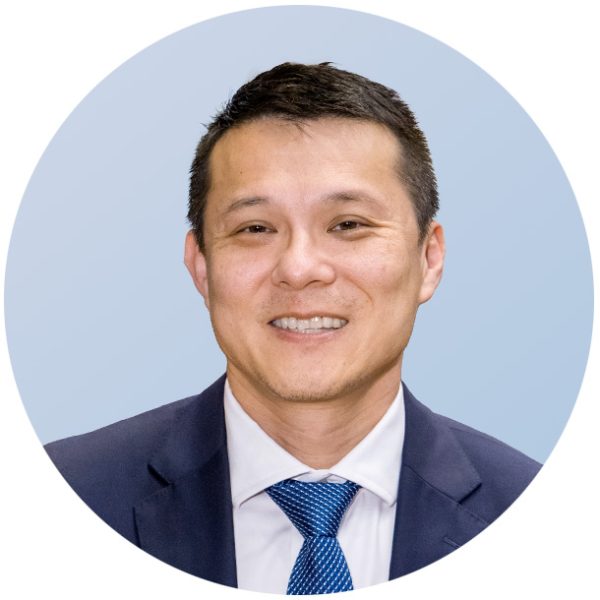
Professor Samuel Au Kwok-wai
Department of Mechanical and Automation Engineering
Our research project aims to develop a safe, affordable and effective surgical robotic platform to conduct accessible robotic surgery, enabling more patients worldwide to benefit cost-effectively from the highest standards of care. The project focuses on developing a laparoscopic surgical robot that can be applied to multiple surgery specialties, providing surgeons with precise and intuitive manipulation functions to improve surgical quality and efficacy. Designed with surgeons in mind, the system is convenient and easy to use. We have poured our efforts into clinical trials, regulatory compliance and marketing activities in Hong Kong and mainland China. By integrating these cutting-edge technologies, we can not only offer significant benefits to patients, but also improve the accessibility of robotic surgery globally.

Professor Barbara Chan Pui
School of Biomedical Sciences
Cartilage injuries are very common, but existing treatments are unsatisfactory. Advanced technologies such as cell and tissue engineering therapies offer great hope for treatment. We have developed an autologous mesenchymal stem cell-based engineered osteochondral tissue (eOCT) with proper structural organisation, which can mimic the organisation of native joint tissues. Pre-clinical evaluation of animal models have shown exciting outcomes, yielding rapid and sustained regeneration of quality hyaline cartilage comparable with clinical gold standard autografting, while leaving the patient’s own cartilage unharmed. Working with our surgeon team on human cadaver studies, we also validated the minimal invasive implantation of eOCT via arthroscopy. A first-in-human trial to establish the safety profile of eOCT is under way.
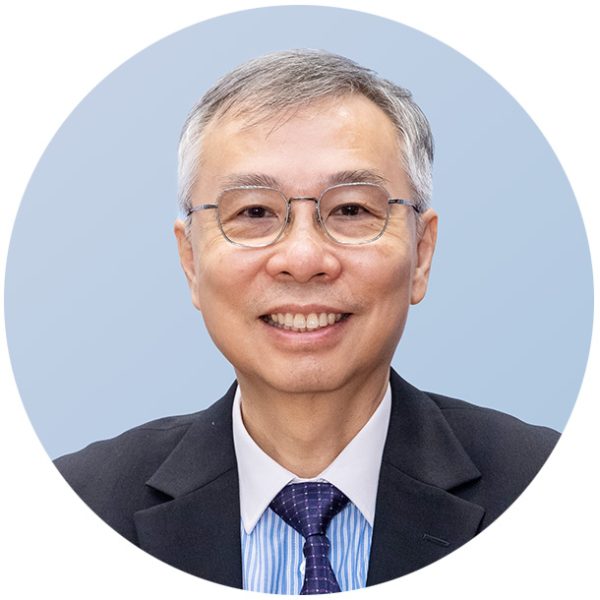
Professor Lam Hon-ming
School of Life Sciences
Building on the team’s soya bean research achievements, established high-end scientific platforms and extended collaboration networks over the last 25 years, we are dedicated to translating high-end technologies into innovative solutions to food security, nutritional health and environmental sustainability, with an emphasis on carbon reduction, soil health and sustainable agriculture.
Using state-of-the-art multi-omics technology platforms and genetic resources, together with molecular biotechnologies, aerospace breeding technology, artificial intelligence (AI), Internet of Things and big data analysis, we plan to develop a novel combination of stress-resilient non-transgenic soya bean accessions and low-carbon soil microbe-based biofertilisers for sustainable agriculture on farmland, and to translate field data into informed decisions in precision farming and sustainability practices. The project hopes to improve bioenergy crops for soil remediation, and develop nutraceuticals and functional food products that support healthy ageing. With these innovative solutions, the team can make significant contributions to sustainable agriculture and healthy living.
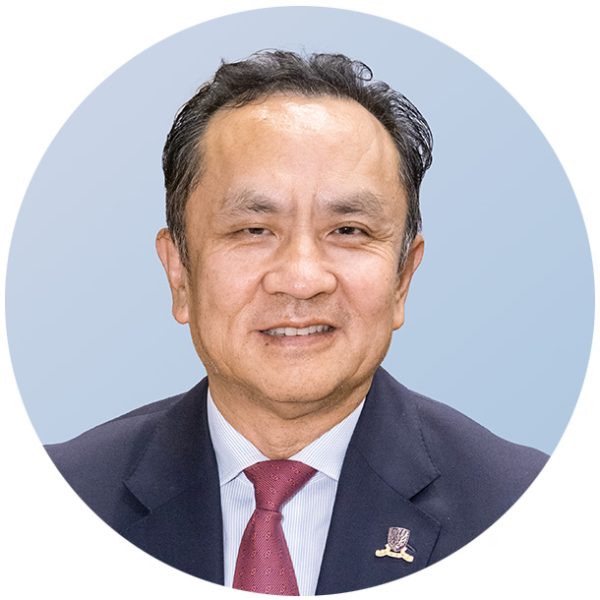
Professor Liu Yun-hui
Department of Mechanical and Automation Engineering
Existing robots work with very little visual feedback, which means they cannot operate safely or adaptively in a natural dynamic environment with many uncertainties. Our project aims to develop and commercialise technologies and products of three-dimensional vision-driven robots that realise effective, real-time eye-brain-motor coordination. This will lead to more adaptive, faster and safer interactions with humans, other robots and objects in natural working environments. The cutting-edge technologies to be developed include real-time 3D imaging sensors, perception algorithms, and universal software and hardware platforms which support the high-frequency eye-brain-motor coordination of robots. We will collaborate closely with industrial partners to commercialise our 3D vision-driven robots in the drive for smart logistics, smart cities, smart construction and smart manufacturing.
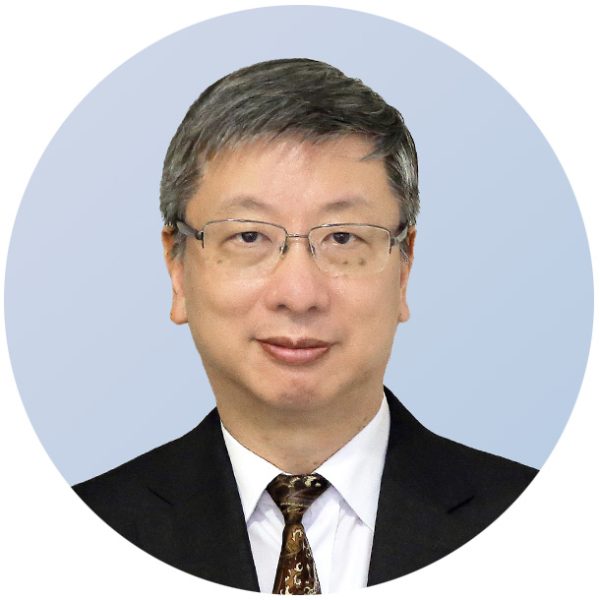
Professor Tsang Hon-ki
Department of Electronic Engineering
This project aims to develop the next-generation technology of silicon photonic integrated circuits that can advance the performance of systems beyond what is achievable currently. As one of the first groups in Asia to develop silicon photonics, the team has some of the most advanced designs that can improve the performance of communications equipment, 3D imaging and quantum information systems. Our focus will be on combining the design with the use of existing foundries to manufacture photonic integrated circuits. Products will include silicon photonics-based optical engines for data centre connections, and miniaturised hand-held optical coherence tomography imaging systems for health care equipment and industrial metrology.
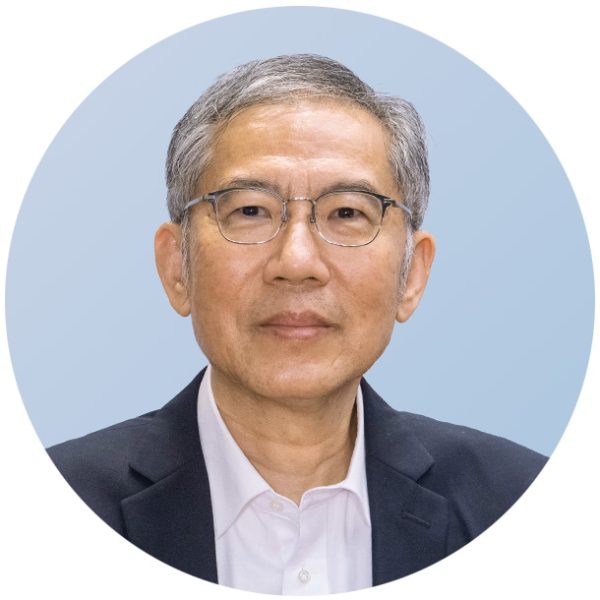
Professor Raymond Yeung Wai-ho
Department of Information Engineering
The revolutionary technology of network coding differs from conventional routing techniques. It combines incoming data packets into new ones for onward transmission to subsequent nodes. This results in communication networks (such as computer, wireless, satellite and underwater connections) and data storage systems that are more efficient, resilient and secure. To realise the vast potential of network coding, through this project we promote the adoption of network coding technologies and their practical application in real-world contexts. The project will concentrate primarily on deploying batched sparse coding in three critical domains: cellular networks, smart cities and data centres. In addition to undertaking the necessary R&D, we aim to expedite the market introduction of our products by collaborating with industrial partners. This will propel the evolution of communication networks and data storage systems towards enhanced efficiency, reliability and security.
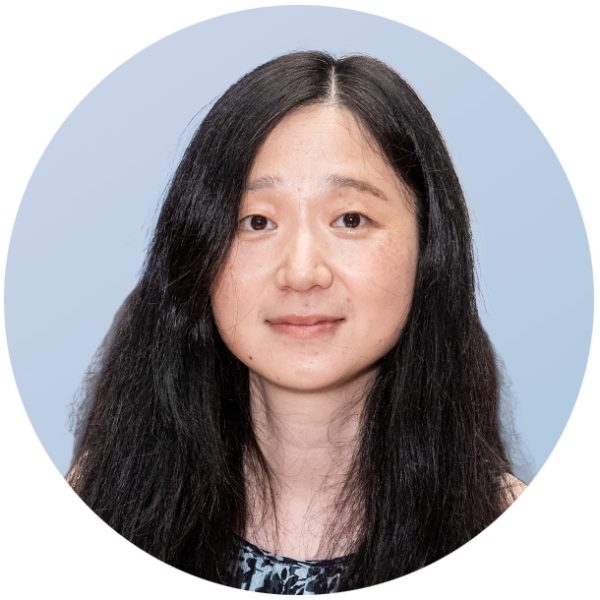
Professor Zhao Ni
Department of Electronic Engineering
This project aims to transform years of research in biomedical sensing technologies and health informatics into a series of wearable medical-grade devices which can track cardiovascular disease (CVD) risk factors in an unobtrusive, accurate and continuous fashion. It will also aim to pair the devices with a personalised AI doctor called Dr. PAI, which is based on generative AI models, to enable real-time CVD predictions and diagnoses under a unique human-and-sensor-in-the-loop approach. The platform will be tested, optimised, and standardised through large-scale clinical trials in both Hong Kong and mainland China by our interdisciplinary team, including cardiologists and elder care providers. Our innovative approach will open new horizons in personalised health care, especially in the realm of elder care and CVD management.
Written and compiled by Chamois Chui

